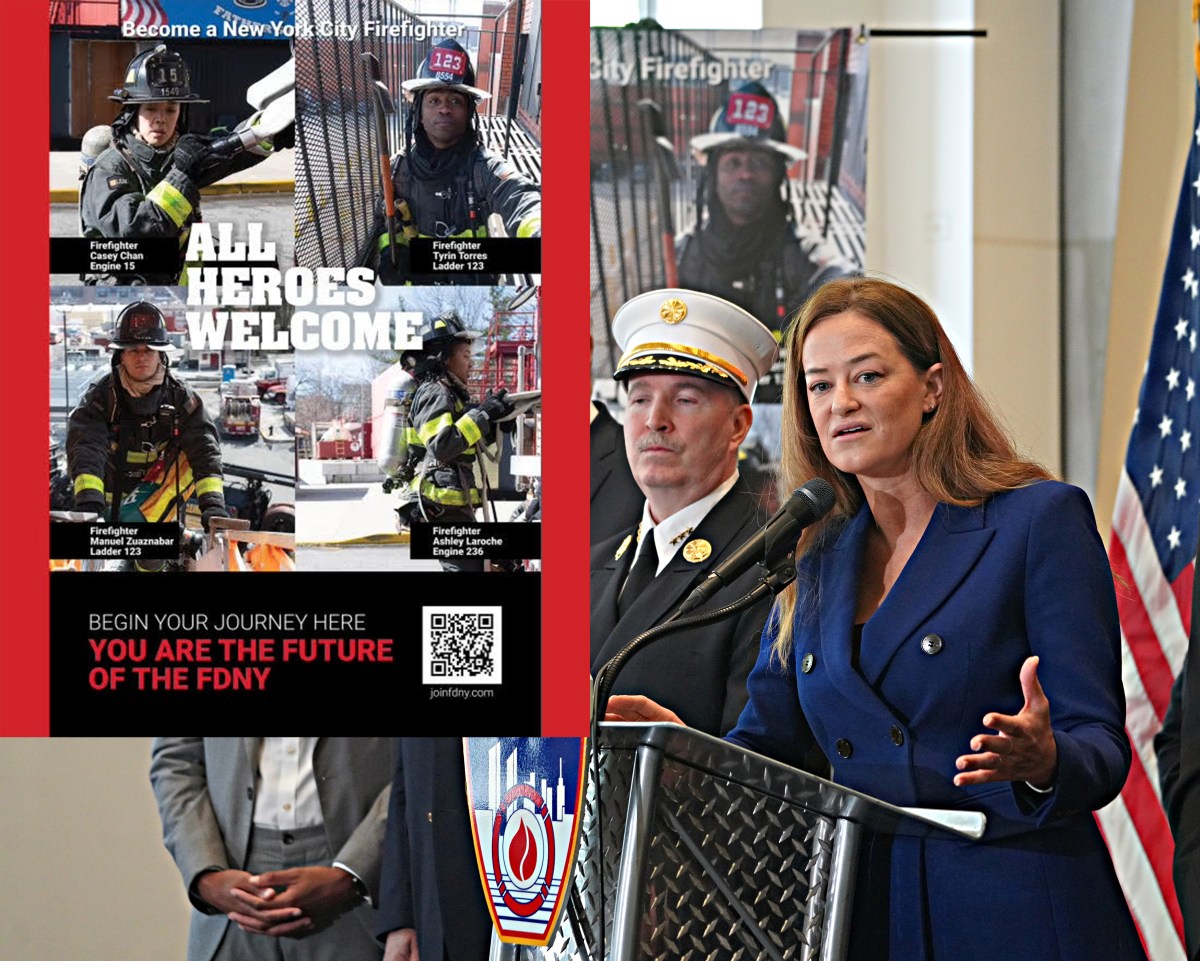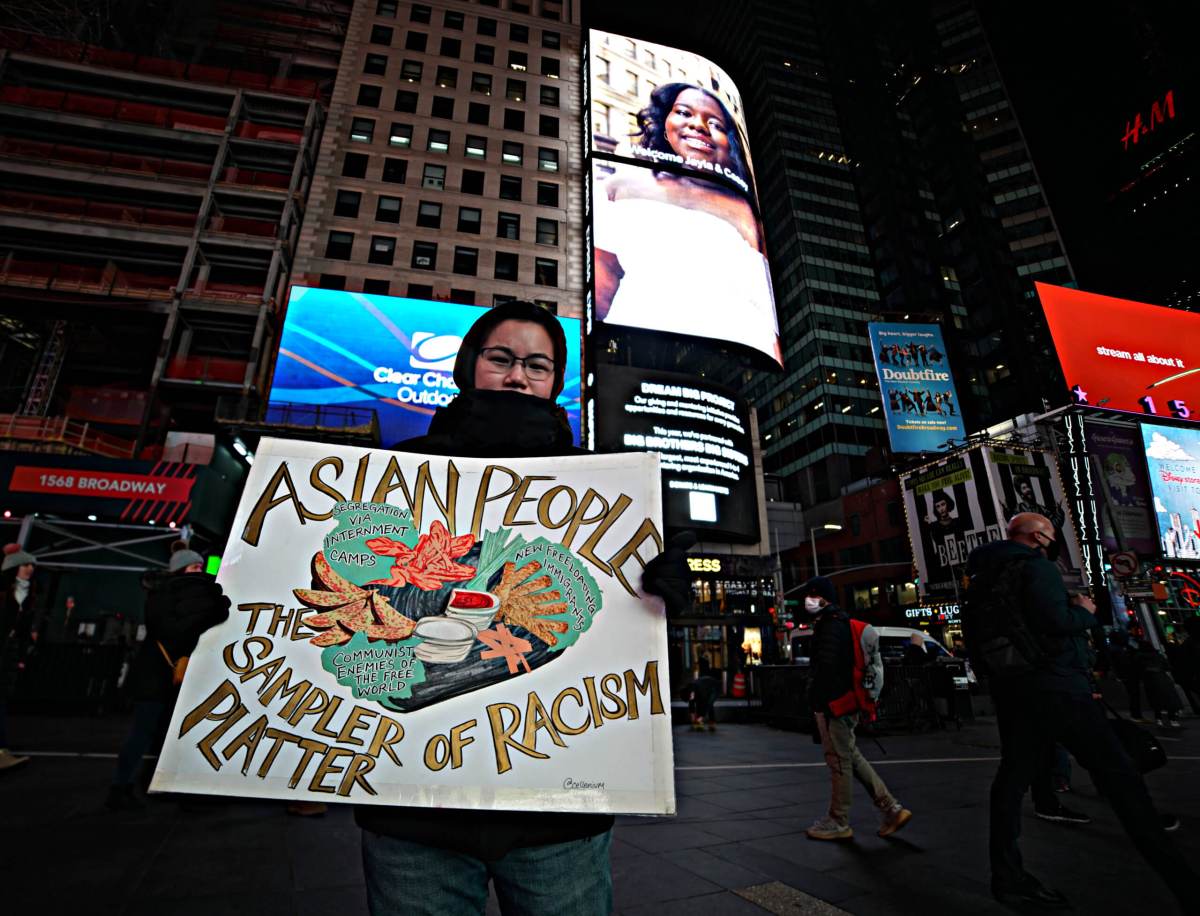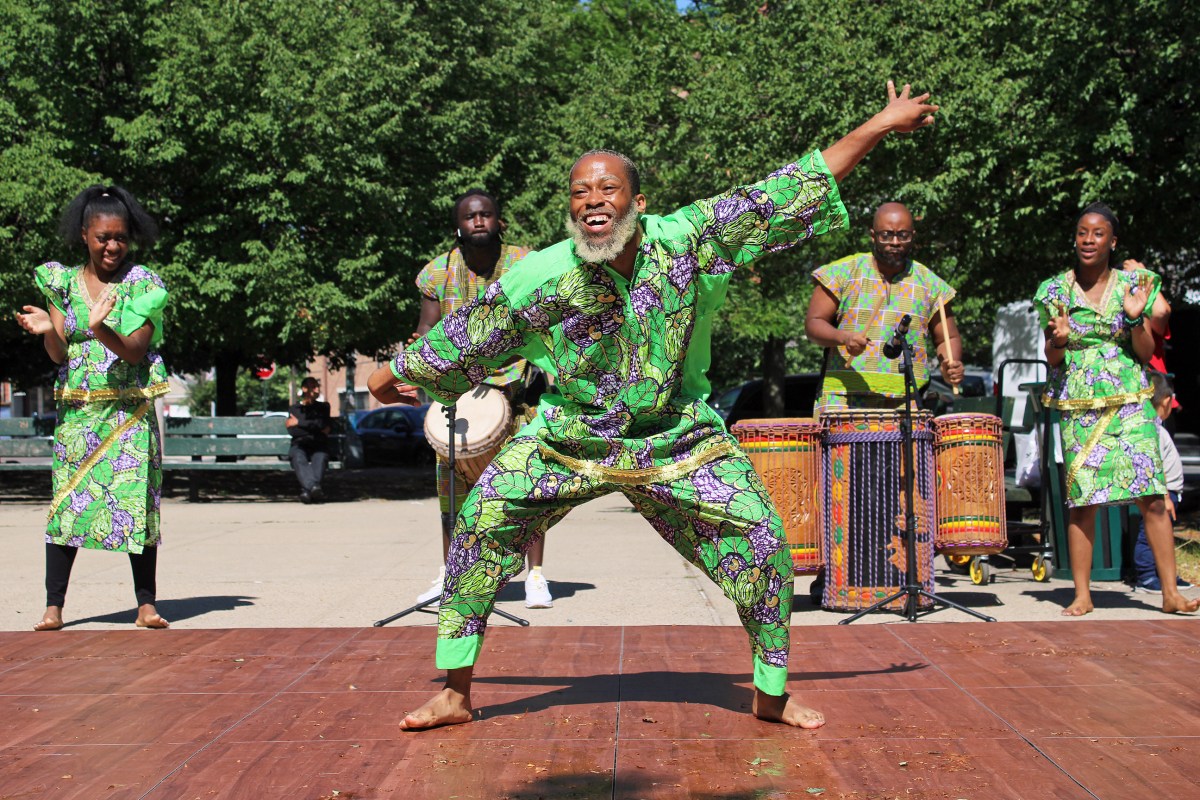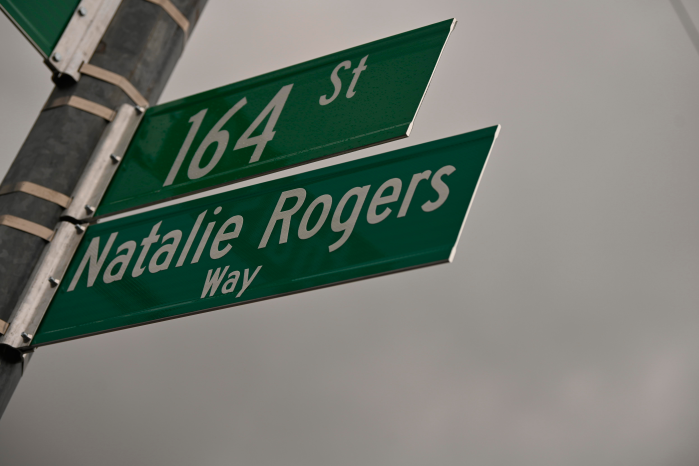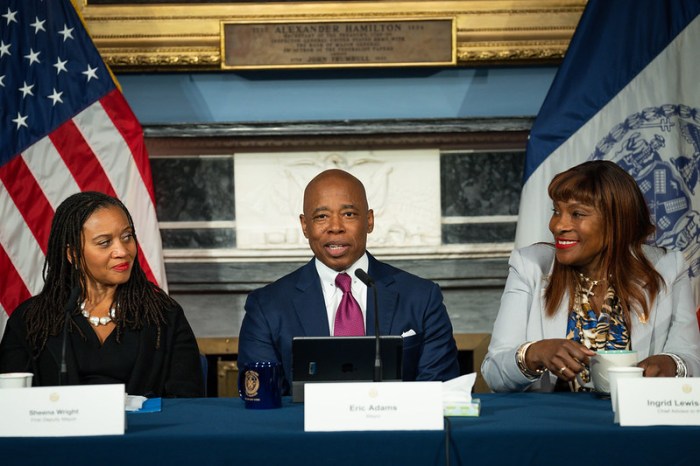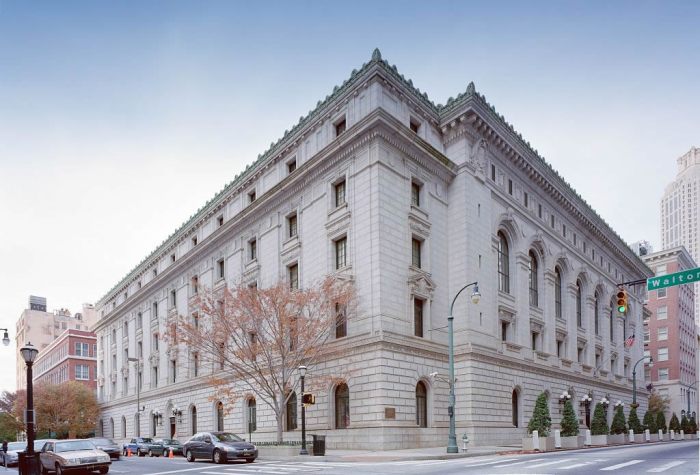By Joan Brown Wettingfeld
Part two of a two-part series
In our last article we described the impact of the establishment in New York City and its environs of the penny press, which opened the way for access to inexpensive literature and placed daily journals within the reach of and disseminated general knowledge to the ordinary citizen.
In the period beginning in 1835, some of the most innovative early journalists in the country made their debut. Among their number were James Gordon Bennett Sr. and Horace Greeley. These two men transformed and modernized 19th century journalism.
Bennett was born in Scotland and emigrated to America, landing first in Nova Scotia, Canada. It was not long before he made his way to the United States by holding down a number of jobs relating to journalism. By May 1835 he had launched the New York Herald with the auspices of the printing firm Anderson and Smith.
Unfortunately, a few months later a fire destroyed the printing plant, the partners withdrew and Bennett took control of rebuilding the publication. By 1841 there were 100 periodicals and 12 daily papers being published in our city.
Bennett’s New York Herald eventually reached the highest circulation of any American daily newspaper in its time. The paper tended to editorialize for territorial expansion and against abolition, and after 1840 it began to support Democratic presidential aspirants, though by 1864 it supported President Abraham Lincoln.
During this period, the Harbor News Association hired six boats and four men to visit ships at the Narrows and in the East River to gather marine intelligence, with the hope that the news would be shared by the six member papers.
Bennett was always ready to try new technology or methods for news transmission. He used everything from carrier pigeons and railroads to news boats, the pony express and the telegraph to get the news as fast as possible.
To add interest to the paper, he used illustrations produced from woodcuts. His tendency to attack other editors led to what was called the “Great Moral War,” when rivals organized a boycott of the Herald by vendors, advertisers and subscribers. The boycott was rather successful and it was 1844 before the Herald regained its lost circulation.
Greeley, born in New Hampshire, had been apprenticed to a Vermont printer at the age of 15. Before he moved to New York, he had worked his way up and was successful in attaining the editorship of the New York Herald Tribune and became its guiding spirit in the second half of the 19th century.
At the paper’s height, it reached at least a million people and was to exert influence on American popular opinion. Greeley was among the first to advocate labor’s right to organize, and he supported efforts to advance the cause of women’s rights.
Greeley had a lifelong interest in politics and was the one who suggested the name for the Republican Party. Lincoln often acknowledged Greeley’s influence on public opinion and wrote to him frequently.
In national politics, he called for reform on the local level and fought for the cause of the unemployed. He worked for the nomination of Lincoln and was himself a candidate for the presidency in 1872.
His weekly Tribune was a boon to the rural population of America, as Greeley’s writers and reporters brought political, scientific, agricultural and literary coverage to the outskirts of the city. His correspondents abroad brought home the news of the world. He published Edgar Allen Poe, Charles Dickens, Mark Twain and Walt Whitman long before they became famed authors.
Among the great newspapermen who learned the trade under his tutelage were Henry Jarvis Raymond, founder and editor of the New York Times, and Charles A. Dana, editor if the New York Sun.
Though a staunch supporter of organized Western settlement, he did not coin the phrase, “Go west, young man, go west.” This phrase was actually coined by an Indiana editor, John Soule.
At the end of his career, Greeley, the father of profit sharing, was not a wealthy man. During the period from the founding of the Tribune in 1841 up until the time of his death in 1872, he was the leading figure in molding the nation’s public opinion. He ran for president against President Ulysses Grant, who was seeking a second term, in 1872.
Greeley died in December 1872. His funeral was attended by many well-known political figures, including Grant. His funeral procession moved down Fifth Avenue while thousands lined the street. There were many notables in the procession, including Grant, well-known journalists, governors of neighboring states, the chief justice of the United States and the vice president.
If you pass Herald Square in New York City you can see Greeley’s statue. There is also one near City Hall. Greeley’s death ended an era of remarkable achievement in journalism by a man who had been raised in a log hut in West Haven, Vt.
Joan Brown Wettingfeld is a historian and free-lance writer.







